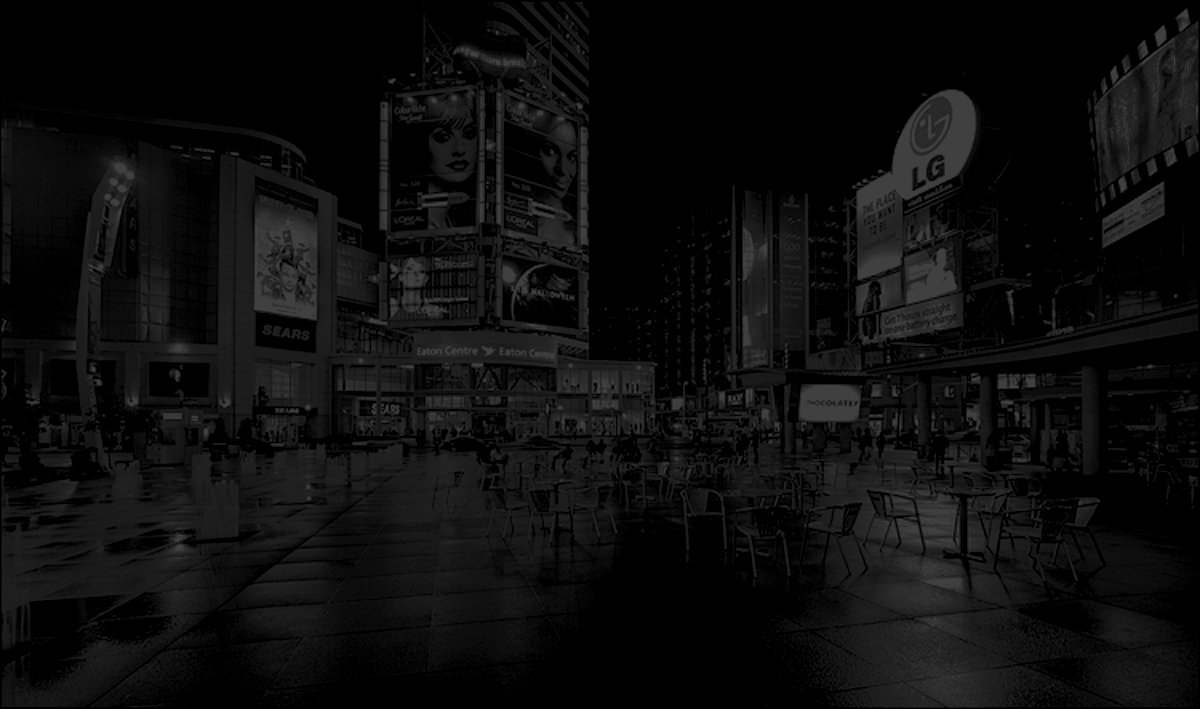Urban space is where the collective energy and will of the citizenry is manifested. This is made tangible through the character and morphology of its built form, its materials, scale, iconography, and the information and memory all of these things contain and convey. It is where people may gather as a collective and the individual self temporarily left behind. This, however, describes a notion of urban space that belongs to historical models and is fast disappearing in the age of mass-commercialization and globalization. An inherent characteristic of globalization is the tendency for buildings, forms, materials, and iconography (or lack thereof) to appear homogenous and similar the world over. Instead the information they convey is related less to a sense of collective memory or experience, but rather to international notions of consumerism or advertising. As the Dutch theorist Hans Ibelings describes in his book Supermodernism:
“The world is chock full of signs . . . the neutrality of contemporary architecture is not merely a negation, for blankness has a positive side as well, even if it is more difficult to specify for the moment . . . whereas postmodernism and deconstructivism almost always contained a message, today architecture is increasingly conceived as an empty medium. Nowhere is that more evident than in the fashion for ‘inscribed’ buildings, structures whose smooth facades are covered with fixed or moving text or images. The text is an addition to an intrinsically expressionless form, just like the label on a can of soup.” (Ibelings, 89)
Contemporary urban space and form often lacks identity and meaning - there is little to ground it specifically to a unique time and place that is meaningful for the observer. Their materials, scale, and iconography are global and universal. Instead it is the signs, information, text, or even propaganda that is distinctive and which often define their character. Essentially, the role of urban space is as a vehicle for signs and information. This is obvious in myriad contemporary examples; an easily accessible and recognizable one is Dundas Square in Toronto. To stand within the urban space of the square is less to inhabit it than to inhabit the space of the oversized and plentiful advertisements that exist at the scale of the surrounding built fabric. While people can and do inhabit the space of the square itself for mass gatherings, this must be done with the consent of the city government. The signs give details of what lies within the buildings they conceal, what is going on in the city, and how one can become a part of it. While the forms, materials, and style of the space could just as easily be Chicago, Houston, or Rotterdam, it is the signs and information the urban space conveys that locate it in Toronto.
In film, the sets and backgrounds for fictional or futuristic cities give potent imagery and a sense of place to the cinematic observer. They need to be able to convey a convincing sense of place to fully immerse the viewer in the film. When creating a fictional urban space, or a fictional future of an existing city, how can the director convey a sense of place and time? The urban future is often portrayed as dystopic, an endless canyon of high-rises and towers with little to distinguish them between films. While the macro role of urban space and form is to convey that sense of indeterminacy and immeasurable scale, the micro must in someway convey a particular sense of place and time unique to that space and film. Accordingly, the role of urban space in film (especially futuristic/science fiction films) is often less about promoting public gathering and action, and more about propagating a message. By means of signs, forms, and symbols, urban space is used as a vehicle for propaganda. This idea will be discussed using four films as examples: Tim Burton’s Batman (1989) and the computer-generated Renaissance 2054 (2006), which both depict (or supposedly depict) actual cities; and Kurt Wimmer’s Equilibrium (2002) alongside Terry Gilliam’s Brazil (1985), which are depictions of a fictional urban future. Use the embedded links in the image to see how each film uses urban space to convey a particular message of place.

